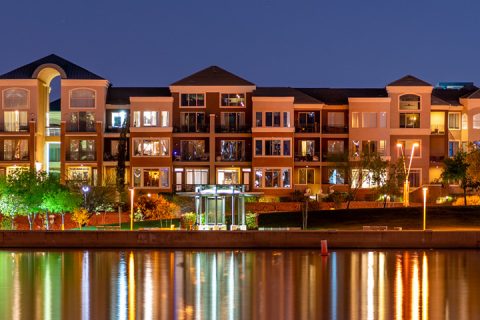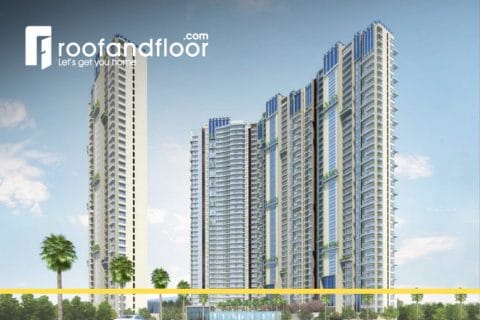Did real estate show a drastic drop last year?
The infamous real estate slowdown was greatly exaggerated in a lot of cases. The common consensus was that sales had dropped drastically and that only affordable housing units were being sold. Not so.
According to a report by Jones Lang LaSalle India, in 2016, 45,000 luxury homes were launched in the top 9 cities in the country, which amounted to 21% of all launches.
Bengaluru had the highest with 30% launches followed by Mumbai (17%). In terms of sales, Bengaluru scored 29% in 2016, Mumbai had 16%, and Pune had 15% out of a total of 47,000 units sold.
The same report estimates that the Indian real estate market was estimated to be $180 million by the year 2020. Since luxury housing makes for 4-5% of the total market, that automatically means an increase in the share of luxury homes.
So who are the customers driving these growing sales? Take a look at a brief profile of a typical luxury homeowner.
Young and restless
High Net worth Individuals (HNIs) typically opt for luxury homes but the average age of the HNI has reduced greatly. Traditionally, people between the ages of 40 and 50 years chose to invest in ultra-luxury and luxury houses. But now it’s between 30 and 40 years of age.
This is mainly driven by the explosive growth of the IT industry, which has resulted in higher salaries and higher disposable incomes. In fact, India is said to have one of the fastest increasing number of HNIs.
Privacy centric
Luxury houses were once associated with fancy addresses located in central areas of cities, which contributed to their exclusivity.
Now, HNIs are investing in homes that are on the periphery of cities. They prefer privacy over frantic activity in the heart of the city.
All-inclusive homes
Residential projects were not usually designed with different age groups in mind. Today, however, luxury projects are planned to cater to the unique needs of family members of different age groups.
For children, there are specially equipped daycares, skating rinks, movie theatres and so on. For teenagers and adults, there are basketball/tennis/squash courts, swimming pools, fully equipped gyms, saunas, steam rooms and more. For the elderly, there are community spaces, medical facilities and improved accessibility features.
Enhanced amenities
Gone are the days when luxury home seekers only wished for the spacious club house and joggers’ path as additional amenities.
HNIs today seek a lifestyle that is much more conscious and mindful of their effect on the environment. They expect their homes to have amenities to support such ideologies. For instance, increased green cover, efficient rainwater harvesting, and ample opportunities for physical activities are just some of them.
Mindful spaces
Luxury home seekers are typically people who are well travelled and are used to global standards of living. Towards this end, they also prefer to enjoy some of those experiences back home.
Luxurious spas, lounges, meditation gardens, and jacuzzis are now integral parts of luxury housing projects in order to satisfy these expectations.
Technology-driven
Over the last few years, technology has become inseparable from our daily routines. HNIs, especially, prefer technology-enabled living and this extends to their homes. They expect the highest standards of living made possible by the most sophisticated technology available. The advent of gadgets driven by the Internet of Things (IoT) has only served to intensify the purpose.
Overall, luxury homeowners now choose understated ways to display their wealth. Developers are beginning to be cognizant of this shift in mindsets and are planning projects to suit their needs accordingly.







Luxury is changing its face drastically over a period of time. One thing to look upto is Delhi has now started witnessing High Rise gated societies which were a forte with Gurugram and Noida earlier.